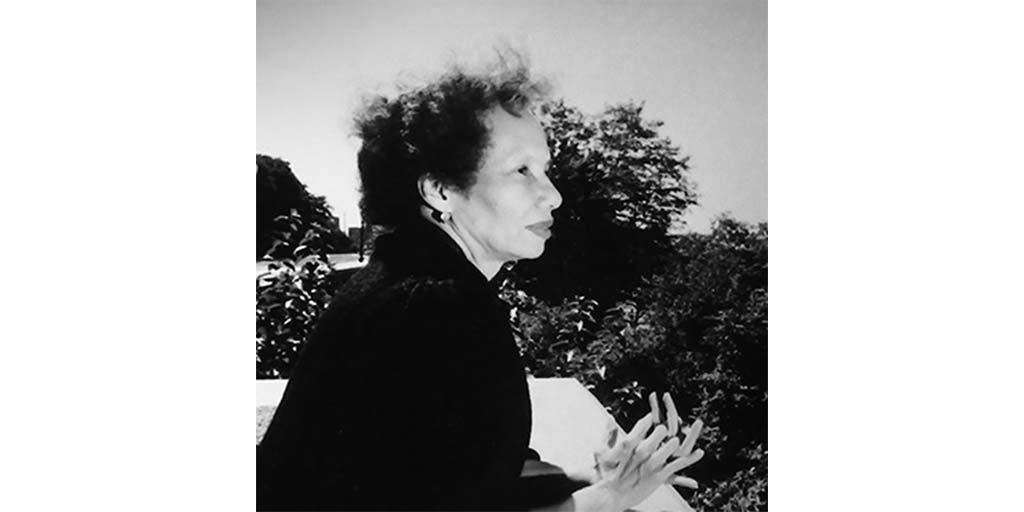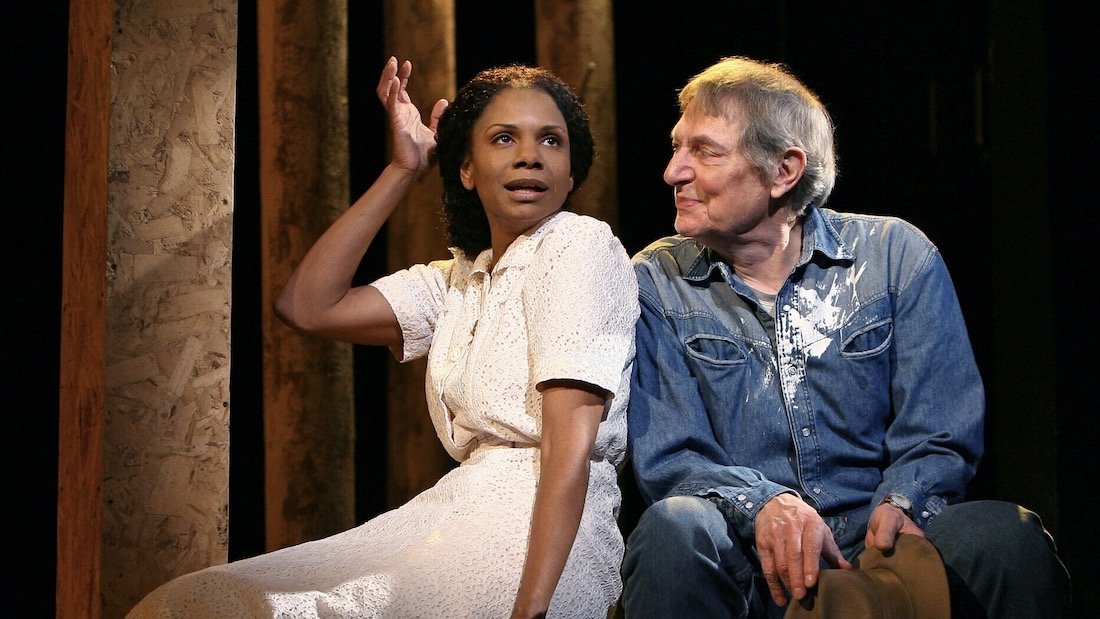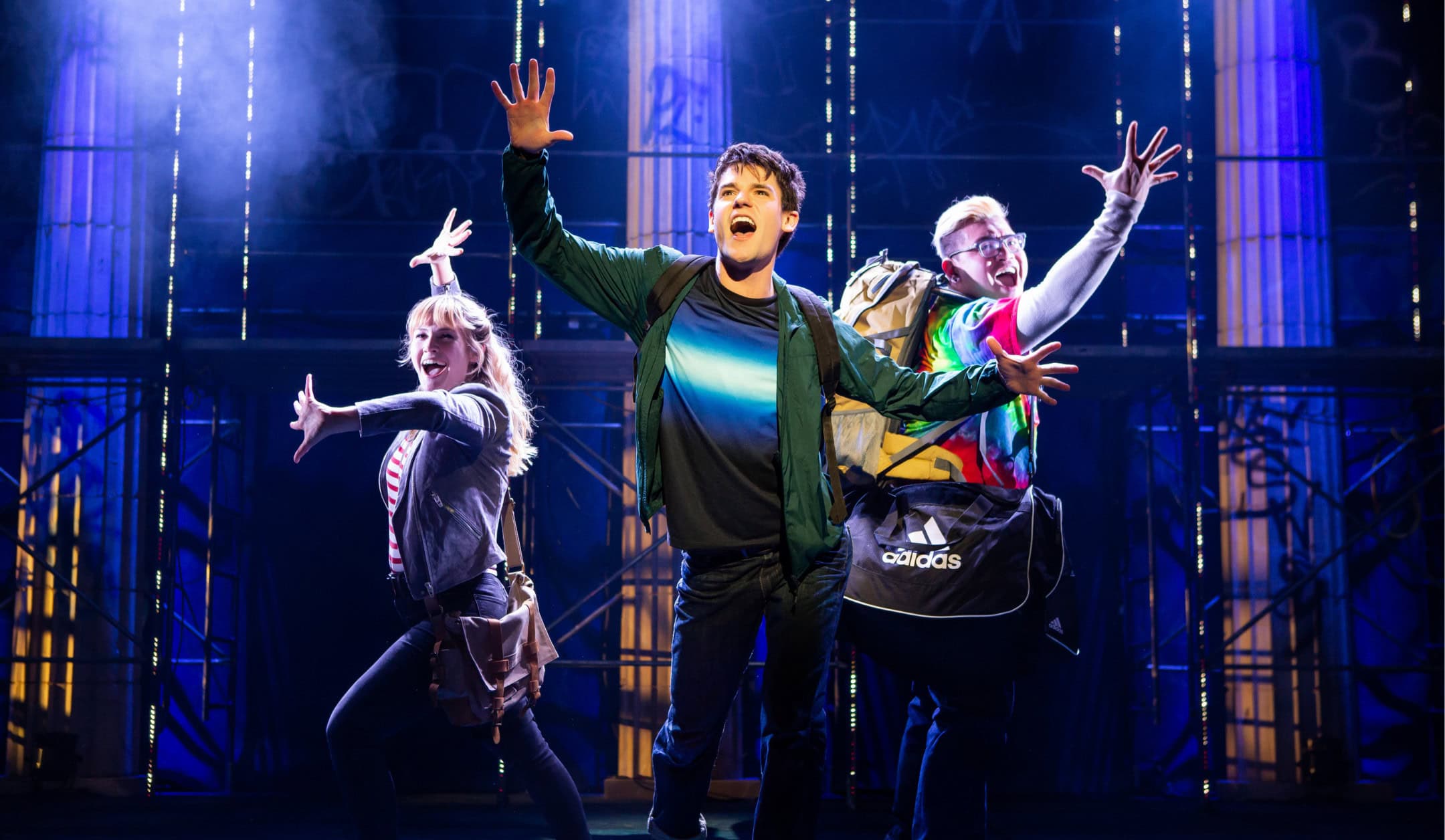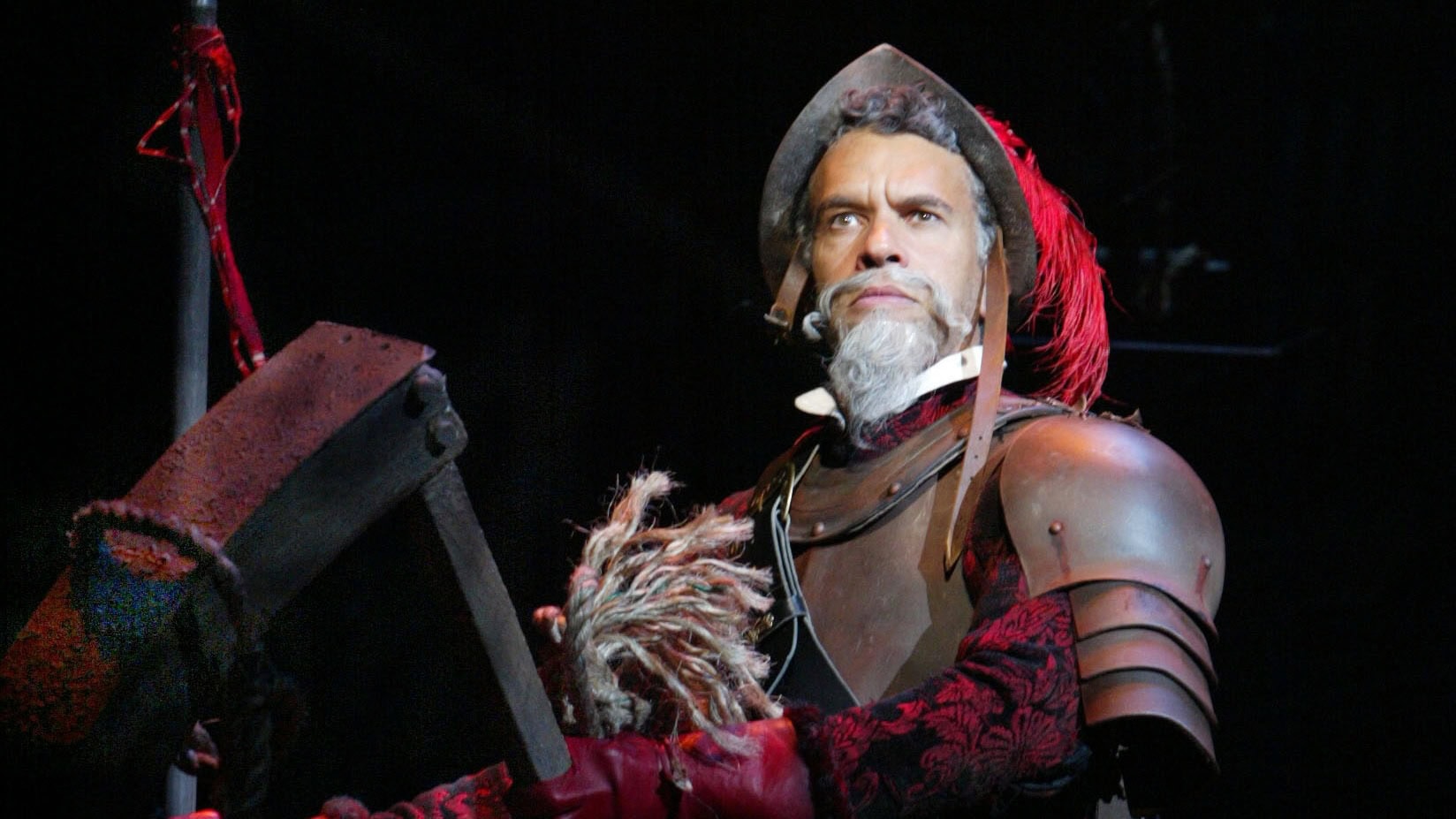
“I feel that white America is against me in a struggle to take away my birthright,” remarked Adrienne Kennedy to the New York Times in 1995, when the Signature Theatre staged a season of her work. “My only salvation is to write.”
Adrienne Kennedy, one of the most innovative and subjective American playwrights to emerge in the 1960s, creates theatrical worlds that are removed from ordinary perceptions of time and space. In place of linear plots with chronological narrative progression, Kennedy’s plays dramatize the act of remembering and in so doing give the impression that time itself can accumulate; in her plays, episodes of past and present pile up on one another like cars on an LA freeway. She presents characters with fragmented mental states, using stage techniques like costume changes to symbolize their changing personalities. External dramatic conflict and dialogue are rare in Kennedy’s plays; instead, the central conflict often occurs in a character’s mind.
In a historical moment when it’s nearly impossible to recall a time before lockdowns and masks, and with calls for equity and justice reverberating around the world, there’s no better time to delve into the insights Kennedy offers about how a society marginalizes and fragments the consciousness of its people. Here are five examples of the hallucinatory mosaics that a remarkable writer has woven out of bad dreams, autobiography and racial heartbreak.
Ohio State Murders (1992) (US/UK)
In Ohio State Murders, Suzanne Alexander, an established playwright, is invited to Ohio State University, her alma mater, to give a talk about the violent imagery in her work. From the dusty hallways of the library stacks, Suzanne rehearses her talk, recalling campus geography and mapping the school out for the audience with placenames. Remembered scenes materialize in the cracks and corners of the stacks. Kennedy presents Suzanne as two characters: a young Suzanne as she was when she was at the university and present-day Suzanne. Both Suzannes share the stage – the Suzanne from “now” narrates, while the Suzanne from “then” relives the events as they happened.
Suzanne is teased by the white girls in her dorm, faces prejudice and discrimination from school administrators who refuse to allow her to become an English major, and has a sexual encounter with her young, white professor that leaves her pregnant. She is expelled from the school, presumably due to this relation and also because she gives birth to twin girls. The play takes a Greek turn when someone kidnaps Suzanne’s children, drowning one and stabbing the other.
As Suzanne explores the rigid geographical boundaries on campus, she examines the fluid boundaries of citizenship and the complexity of belonging, exposing the tense, racial climate in Midwestern Ohio in the 1950s.
SUZANNE: When I visited Ohio State last year it struck me as a series of disparate dark landscapes just as it had in 1949, the Autumn of my freshman year.
The Black students at the school, for example, never walked on Sorority Row. The white students, according to Suzanne, had a way of making it seem like they had a funny secret from which everyone else was excluded.
Ultimately, the play demonstrates how the white administrators and teachers at the University are the ones who control the means of maintaining racial and educational boundaries both inside the classroom and in the dorms. Phrases like “unsuitable” and “this school isn’t a fit” become tools in the hands of administrators underscoring a violent racializing practice denying educational citizenship to bodies deemed “unfit” (El-Rahman).
The play, a nuanced exploration of race and belonging with a haunting example of how bureaucratic decisions have real impacts on peoples’ lives, is headed to Broadway soon. The production will mark Kennedy’s debut on the Great White Way.
Diary of Lights: New York About 1955 (2012) (US/UK)
Kennedy’s one-act play Diary of Lights is a mosaic of voices detailing a moment in the lives of young, culturally aware characters living in New York City who attempt to find common ground by discussing the arts as they were in the 1950s (Geigner and Young).
The focal point of the play is Billie, an expectant wife and mother who dreams of becoming a writer but only seems capable of producing diary-like fragments of thought delivered to the audience as isolated soliloquy. Billie feels distant from her husband Eddie, despite his recent return from the Korean War and the couple’s move to Manhattan. Billie envies her friends – the would-be poetess Margo and her boyfriend Aaron, who live a bohemian lifestyle; Eddie’s brother Roy and his wife Mavis, who crusade (rightfully so) against institutional racism in the arts and in education; and Ellen, who considers herself a communist. As the play progresses, the tapestry Kennedy weaves with polyphonic vocal fragments gestures towards the fact that these characters’ lives are anything but enviable.
Diary of Lights is set in the mid-1950s, was first drafted by Kennedy in 1973, produced in 1978, and finally published in 2012. With such a wide development history, such a play can be difficult to locate in time: is it a 1950s, 1970s, or 2010s drama? Perhaps the most temporal grounding Kennedy offers us in this play is in its rich references to 1950s culture. When characters discuss the novels they’ve read and the exhibitions they’ve seen, they all subtly point to the “racial concern” permeating the United States at the midpoint of the 20th century.
Additional biographical information about Adrienne Kennedy’s life in the 1950s helps put the play context. Kennedy moved to New York City with her husband Joseph C. Kennedy in 1954. They married right after graduating (from Ohio State), and shortly after their marriage, Joseph was stationed in Korea. In New York, the Kennedys lived through several key events that would inspire the civil rights movement. The same year that they moved to the city, school districts across America were puzzling out how to integrate in the wake of the Brown v. Board of Education Supreme Court ruling. The next year, the “dead, bloated body of a black boy was discovered floating in Mississippi’s Tallahatchie River” and a trial was on to determine the guilt or innocence of two white men accused of murdering Emmett Till (Young and Geigner). In response to Till’s trial – and due to ongoing white-on-Black violence – a Black secretary enacted her own small-scale protest by sitting at the front of a segregated bus in Montgomery, Alabama (that secretary was Rosa Parks).
As the protagonists of Diary of Lights discuss arts and culture – the play opens with the entire cast saying “Everyone’s reading Catcher in the Rye” – we get a sense of the 1950s racial concern through Kennedy and Billie’s focus on the embodied experience of Blackness. “Billie actively seeks out the experiences of others, which allow her to recognize the similarities between herself and other Black folk” (Young and Geigner). By citing 1950s’ artworks like The Invisible Man and Maude Martha, novels that deal with everyday prejudice, Kennedy demonstrates how art reflects the tensions and anxieties of a nation.
Diary of Lights poetically captures what it’s like to live, marginalized, in the time just before the Civil Rights wins of the 1960s. It’s a fascinating read and a testament to the political power of abstract theatrical language.
Madame Bovary (2006) (US/UK)
Madame Bovary is Kennedy’s adaptation of Gustave Flaubert’s debut novel of the same name. The story concerns Emma Bovary, a woman in provincial France who desires the illustrious and romantic life she’s only ever read about in books. The novel, published in 1856, was a seminal work of literary realism, according to British critic James Wood: “Flaubert established, for good or ill, what most readers think of as modern realist narration, and his influence is almost too familiar to be visible.” Kennedy’s rendition of the tale, first presented as a reading by the Signature Theatre in 2006, departs from Flaubert’s narration to tell the tale of Madame Bovary through the eyes of her daughter, Berthe.
Posthumously tracing her mother’s ruination and subsequent death, Berthe tells the audience the story of Emma’s – Madame Bovary’s – life. This allows Kennedy’s familiar form of dramatic writing, which weaves memory together with the deep experience that inspired it, to take the spotlight. As Berthe tells it, Emma Bovary meets Charles Rouault, a doctor and Berthe’s father. Soon after their lavish wedding, Emma realizes that she is not actually in love; she aches for something more, something sparkling and luminous.
In her desire to acquire a life she never had, Emma has various love affairs and purchases material possessions on loan, for which her husband Charles signs the bill. Despite her life of opulence and the allure of privileged leisure time and recreation, Emma remains unfulfilled and unsatisfied.
In the ensemble of characters, Emma sticks out like a sore thumb. Though she maintains relations with servants and friends of all different classes, Emma is almost obsessively upset by her place in society. She comes off as pretentious, taking quietly cruel actions like keeping her husband in debt for the sake of tangible wealth. Kennedy’s authorial voice transforms Emma’s apparently cruelty into something oddly tragic; Emma is never wholly able to resolve her infatuation with opulence, perhaps because, as a woman, no matter what connections she makes with men, she faces limited choices and is deprived of any real sense of freedom or agency.
Lesser known than many of Kennedy’s more momentous works, Madame Bovary makes for a spellbinding play to read or perform, both for its historicity and for its deft translation of Flaubert’s narration into blocking and dialogue, where a mere gesture can reveal a boundary between two classes.
Down in my soul, I am waiting for something to happen. Like a shipwrecked sailor, I peruse my solitary world with hopeless eyes, searching for some white sail far away where the horizon turns to mist. Every morning when I awake, I hope it will happen. But nothing comes, as day comes to an end with ever greater sadness… I long for the morrow.
The world premiere production of Madame Bovary at Undermain theatre in Dallas, TX enlivened audiences. Find a video of reactions to the production on Facebook.
Funnyhouse of a Negro (1964) (US/UK)
First presented off-Broadway at the East End Theater in New York City in January of 1964, Funnyhouse of a Negro is perhaps Kennedy’s most recognizable dramatic work. It explores the psyche of a student named Sarah, a young Black woman living in New York City, and her search for her own authentic identity in a complex tangle of warring, fragmented “selves.” Her search for herself has led her to recognize different characters that make up her whole: Queen Victoria, the Duchess of Hapsburg, African leader Patrice Lumumba, and Jesus Christ, to name some. The selves in the play are reflected in an ensemble of eight actors.
SARAH: I try to create a space for myselves in cities, New York, the midwest, a southern town, but it becomes a lie.
The character Sarah – referred to in the script as “the Negro” – lives in a small room at the top of New York City brownstone and studies English at a major university; not unlike Suzanne, who studied English at Ohio State in Kennedy’s Ohio State Murders. The room, rife with books and old pictures of English royalty, is unsettlingly dominated by a massive, white plaster statue of Queen Victoria. Sarah’s preoccupation with Queen Victoria allows her to relegate her Black heritage in favor of a Victorian ideal: the white imperialistic plunder of continents populated by “darker races,” white religion and culture, and the self-righteous sexual repression of the Victorians. Kennedy suggests a glimpse of Emma Bovary in a Euro-obsessed speech uttered by Sarah’s Patrice Lumumba self:
It is my vile dream to live in rooms with European antiques and my statue of Queen Victoria, photographs of Roman ruins, walls of books, a piano and oriental carpets and to eat my meals on a white glass table.
“Sarah experiences racial warfare within herself by consciously identifying with the white oppressor against the Black oppressed self” (Curb). Believing that Blackness is shameful, Sarah proclaims: “I long to become even a more pallid Negro than I am now; pallid like Negroes on the covers of American Negro magazines; soulless, educated and irreligious… I want not to be. I ask nothing except anonymity.” She longs for the anonymity afforded to the privileged majority; she wishes for the ability not to see herself as a fractured other. “For, like all educated Negroes – out of li
fe and death essential – I find it necessary to maintain a stark fortress against recognition of myself.” Sarah’s relegated selves are not “historical persons whose names they carry and whose costumes they wear,” but are very real fragments of Sarah’s mind that have become embodied on the stage (Curb). Through these characters, Kennedy presents not only the smug whiteness of Sarah’s mother present in her psyche, but the fearful aggression of her father too. What comes to the fore is an inescapable paradox, where Africa is constructed as a “utopian land of innocence,” the reversal of the American dream, but something Sarah refuses to search for. Sarah’s fragmentation of being leads to a total loss of self-control; instead, her different “selves” become her rulers.
The play is a fever dream, made of incantatory speeches that repeat over the course of the play with many variations; what was once spoken by a single actor may later be spoken by a chorus of actors, in unison, in cacophonic overlap, and occasionally there is the hint of a dialogue between two characters. Funnyhouse of a Negro leaves a uniquely hallucinatory, deeply emotional impact.
A notable revival of the play in 2017 at the Signature Theatre in New York City, produced as a triple-bill with short plays by María Irene Fornés and Edward Albee, mystified and delighted critics. Find photos and a trailer of that production on the Signature’s website.
Mom, How Did You Meet the Beatles? (2009) (US/UK)
We walked up these stairs and there was this little room. We walked in and Paul McCartney was sitting on a desk. I’ll never forget it. And he looked just like Paul McCartney.
The final entry in this tour of Kennedy’s brilliant work is a more traditionally autobiographic play Kennedy wrote with her son Adam: Mom, How Did You Meet the Beatles? is a play told in the form of an interview, in which Adam asks his mother (Adrienne) about the time the two of the spent together in London when Adam was a baby. The script is conversational in tone and rife with references to various people in the theatre industry with whom Kennedy crossed paths (Laurence Olivier, James Earl Jones, Kenneth Tynan and more). The play itself is a lesson in theatre history, and captures a portrait of theatre as it was, both in the states and the UK, in the 1960s.
The “plot” concerns Kennedy’s on-a-whim journey to London with $500 in her pocket and a handful of London-based contacts she’d gotten from American friends. Ted Mann, the publisher of John Lennon’s “nonsense book,” In His Own Write, has offered that Kennedy connect with him if she’s ever in London. To his surprise, she has flown there, and she does contact him, asking for the rights to adapt a play from Lennon’s book. The publisher says he can’t offer her the rights, but through a series of miraculous occurrences and chance meetings, Kennedy gets to meet Lennon in person, who gives explicit verbal approval for her to adapt the play. When Kennedy’s adaptation is close to its premiere at the National Theatre, Kenneth Tynan and the other creatives on the project try to push the writer out of the process. She contacts John Lennon, and a meeting follows where Lennon tries to rectify the situation, but there’s nothing Kennedy can do: she is not protected under any British writer’s union as an author from America.
While this tale is substantially more sentimental and sweet than most of Kennedy’s other plays – unlike Funnyhouse, Beatles is far from a fever dream – the hallmarks of her writing are still visible in the piece. For one, it’s deeply connected to Kennedy’s personal experience, and the author reveals a great deal about her personal thoughts and feelings throughout the course of the interview. Additionally, Kennedy tells a story about marginalization and othering – about how her own authorial quest to achieve fame and fortune was a pipe dream, just as Emma Bovary’s quest to acquire opulence eventually failed.
For budding theatre professionals, Mom, How Did You Meet The Beatles? is an enlightening chronicle of the cosmic coincidence that leads to popularity in show business. Name-dropping dozens of famous actors, writers, directors and administrators from the 1960s, Kennedy’s play will undoubtedly lead curious readers to research many trailblazers of the entertainment industry.
Mom, How Did You Meet The Beatles? played in September 2021 at Forward Theater Company’s Playhouse in New York City. Visit Forward Theater’s website for media from that production, including pre-show lectures and glowing reviews.
Adrienne Kennedy is an incredibly prolific writer and continues to create to this day. Her works are all connected, and given that she writes from her own experience, it is possible, in reading a number of her works, to craft a sort of chronology that traces the evolution of the writer’s consciousness. Her kaleidoscopic, dizzying plays are a must-have for any theatre lover’s library.
Perhaps the perfect person to summarize her work is the author herself: “For the days are past when there are places and characters with connections with themes as in the stories you pick up on the shelves of public libraries… There is no theme. No statements. For the statement is the characters and the characters are myself.”
Notably excluded from this list are the following plays:
- The Lennon Play: In His Own Write (1967)
- She Talks to Beethoven (1989)
- The Owl Answers (1965)
- Sun: A Play for Malcolm X Inspired by His Murder (1968)
- A Lesson in Dead Language (1968)
- Electra (1982)
- Orestes (1982)
- An Evening with Dead Essex (1972)
- Jean and June in Concert (The Concert of Their Lives) (1995)
- The Dramatic Circle (1992)
- The Film Club (1992)
- A Rat’s Mass (1966)
- A Movie Star Has to Star in Black and White (1976)
- Sleep Deprivation Chamber (written with Adam, 1996, OBIE-winning)
- He Brought Her Heart Back in a Box (2018)
Works Cited
Blumenthal, Ralph. “A Writer Braces for the Attention.” The New York Times. July 25, 1995. 13.
Brown, Lorraine A. “‘For The Characters Are Myself’: Adrienne Kennedy’s ‘Funnyhouse of a Negro.’” African American Review, vol. 50, no. 4, 2017, p. 540+.
Curb, Rosemary K. “Fragmented Selves in Adrienne Kennedy’s ‘Funnyhouse of a Negro’ and ‘The Owl Answers.’” Theatre Journal. Vol. 32, No. 2. May 1980. Pp. 180-195. John Hopkins University Press.
El-Rahman, Haitham Mohamed Yehia Abd. “Cosmopolitanism in Barroga’s Walls and Kennedy’s The Ohio State Murders.” Journal of the Faculty of Arts Mansoura University. August 2020. 67th Issue.
Kennedy, Adrienne. Ohio State Muders. Samuel French. 1992.
Kennedy, Adrienne. Diary of Lights: New York About 1955. Samuel French. 2012.
Kennedy, Adrienne. Madame Bovary. Samuel French. 2006.
Kennedy, Adrienne. Funnyhouse of a Negro. Samuel French. 1964.
Kennedy, Adrienne. Mom, How Did You Meet the Beatles? Samuel French. 2009.
Wood, James, How Fiction Works. Picador, 2008.
Young, Harvey and Geigner, Megan. “A Racial Concern: Adrienne Kennedy’s Diary of Lights.” Modern Drama, vol. 55 no. 1, 2012, p. 40-54. Project MUSE, doi:10.1353/mdr.2012.0015.

Plays that Inspired Musicals

QUIZ: Which Character from The Lightning Thief Are You?

